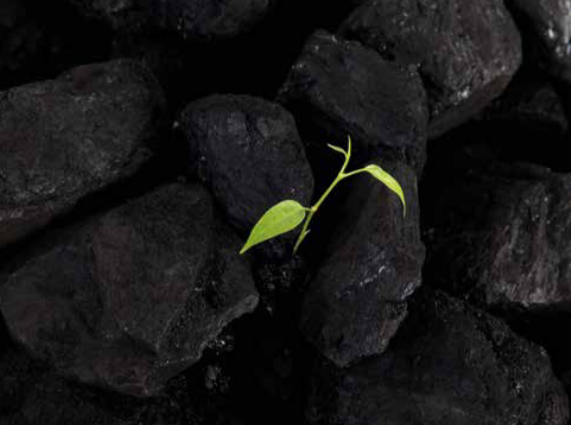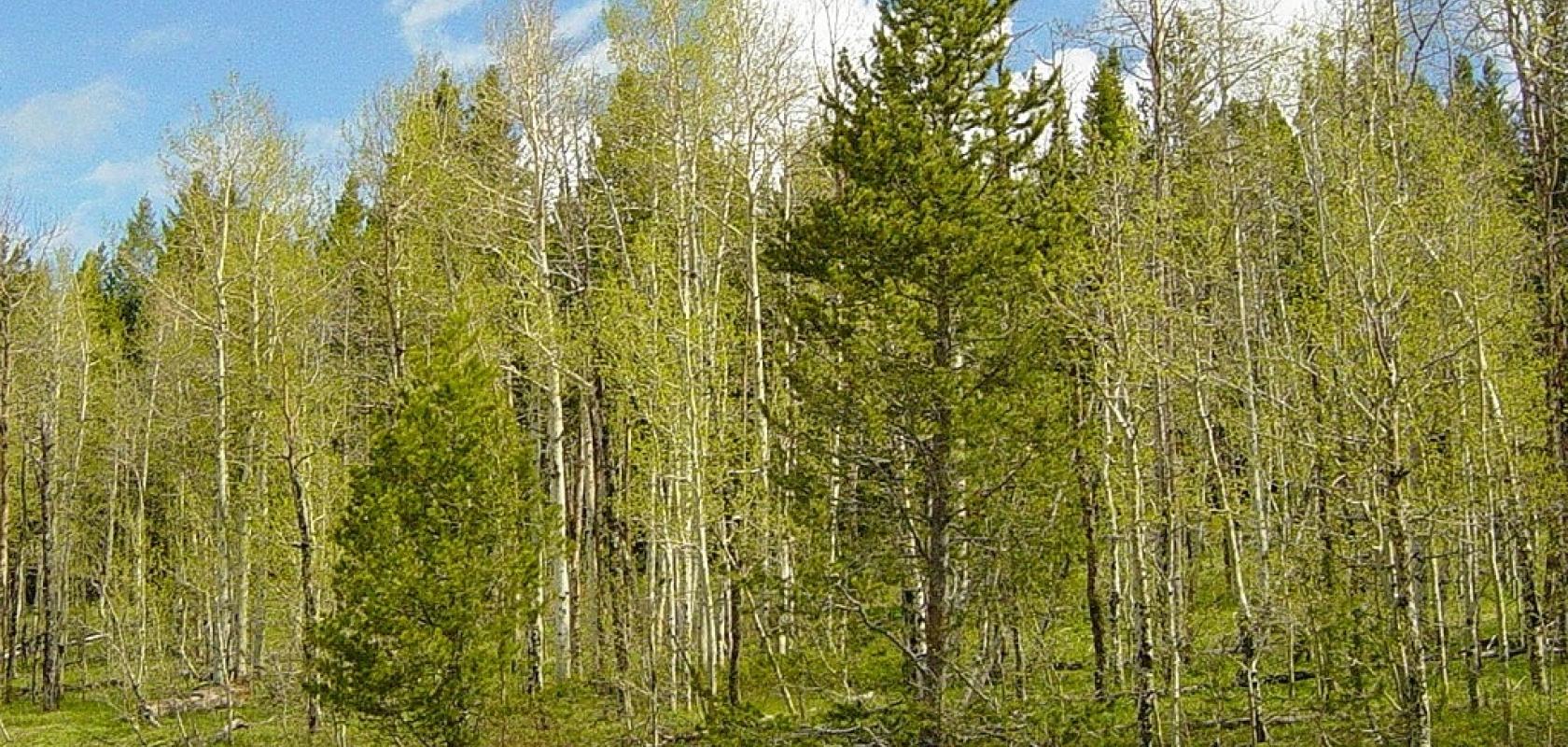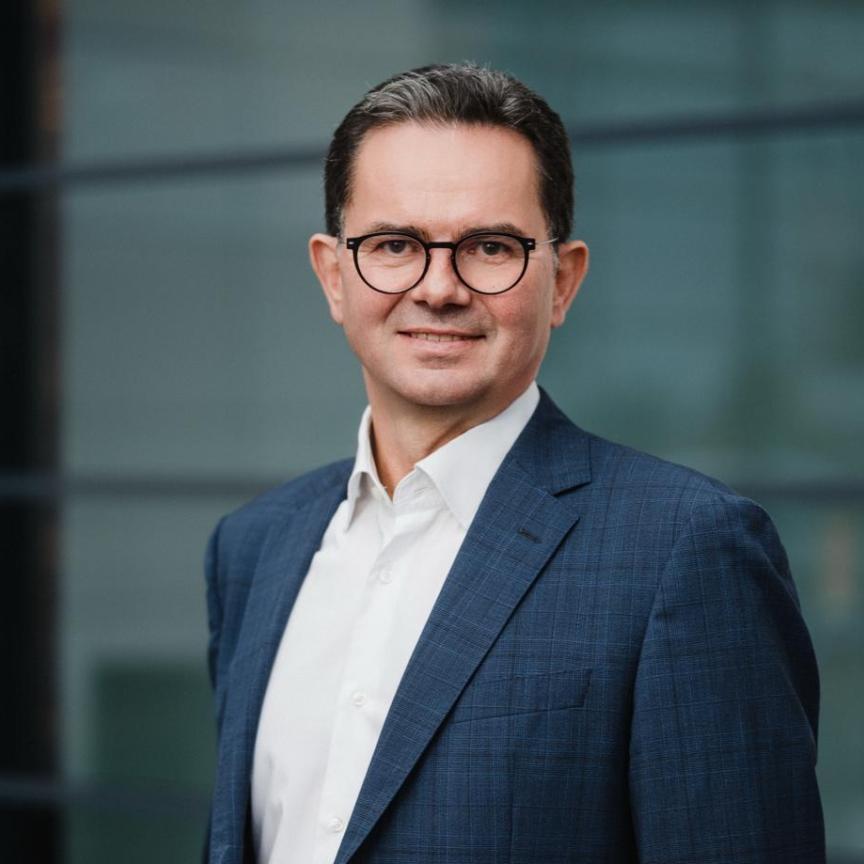The plans for an economic recovery will undoubtedly need vast levels of public and private investment.
At a European level, the European Union has stated that, in order to start on the path to a recovery, there must be jobs created and immediate damage caused by the pandemic repaired. This is, crucially, while supporting the Union’s green and digital priorities. For the EU, its Multiannual Financial Framework (MFF), reinforced by Next Generation EU recovery package (NGEU), will be the main tool.
The green agenda is a big deal when it comes to the anticipated recovery. EU president Ursula von der Leyen highlighted in her State of the Union speech that ‘the European Green Deal is our growth strategy’. As part of this, the European Commission (EC) plans a massive wave of renovation to modernise Europe’s buildings and critical infrastructure, including building one million charging points for electric vehicles and creating a million green jobs. The commission highlighted a more circular economy additionally has the potential to eliminate foreign dependencies, which also has the potential to create hundreds of thousands of jobs.
‘The European Green Deal is our plan to make the EU’s economy sustainable,’ said von der Leyen. ‘We can do this by turning climate and environmental challenges into opportunities, and making the transition just, and inclusive, for all.’
Legal and above board
The European Green Deal provides an action plan to boost the efficient use of resources by moving to a clean, circular economy, and to restore biodiversity and cut pollution. The plan outlines the investments required and all the available financing tools. The target is to be climate neutral in 2050. Added von der Leyen: ‘We proposed a European Climate Law to turn this political commitment into a legal obligation.’
Reaching this target will require action by all sectors of the European economy, and measures will include investing in environmentally-friendly technologies; supporting industry to innovate; rolling out cleaner, cheaper and healthier forms of private and public transport; decarbonising the energy sector; ensuring buildings are more energy efficient and working with international partners to improve global environmental standards.
The EU has also stated that it will provide financial support and technical assistance to help those that are most affected by the move towards the green economy. The Just Transition Mechanism will help mobilise at least €100bn from 2021 to 2027 in the most affected regions.
Improved broadband connectivity, said the EU, will enable a more inclusive, resilient and innovative Europe. People will have smoother services to learn digital skills and gain access to more jobs and flexible working conditions. It will allow the connection of more objects and processing of more data, to better understand energy consumption and cut emissions in other sectors by 15 per cent.
The magic number
Most developed countries now either have or will soon have net zero targets for the next decades. As bandwidth increases in the fixed access arena, so will energy usage. Lise Fuhr, director general, European Telecommunications Network Operators Association (ETNO), believes that the telecoms sector is beginning to lead the way when it comes to a green recovery. She told the 2020 virtual Broadband World Forum: ‘Sustainability is at the forefront of the minds of investors, operators and politicians. The EU Green Deal is the most consequential policy plan the EU currently has.’
In addition to the EU’s carbon neutrality target of 2050, the EU added a stepping-stone interim target – by 2030 Europe must reduce its emissions by 55 per cent. ‘But what does that mean for the broadband or telecoms community,’ asked Fuhr. ‘Well, just a few days after setting this ambition, the EC also added some green measures to a recommendation aimed at reducing the cost of 5G and fibre rollout. More specifically, the commission wants operators to minimise the climate impact of data transmission. In this context it called for European governments to develop criteria for assessing the environmental impact of future networks and to provide incentives for operators to deploy environmentally sustainable networks.’
When it comes to what telecoms companies think of the European ambition, and how they can contribute, for Fuhr, the answer is clear. ‘This is where broadband professionals and telecom geeks like you come into play,’ she said. ‘First, after long discussions with the sustainability managers of our members, I am proud to say that ETNO has strongly welcomed and supported the European Green Deal. In June 2020, we published the Green Deal paper. Our friends and colleagues at the GSMA [the representative association of the interests of global mobile operators] did the same.
‘As an industry we are united in backing the carbon reduction ambition. That should make us all feel proud.’ Fuhr offered examples to emphasise her point. ‘For starters, many telcos committed to carbon neutrality targets that are more ambitious than the European ones – Telia Company, TDC, Telecom Italia, to name just a few. What’s more, most telcos are shifting to use more renewable sources of energy only. This includes KPN, Proximous and Telefonica.’
Ahead of the game
Having successfully reduced greenhouse gas emissions in its own operations, Telia Company announced the next step on its environmental journey in October – going climate neutral through offsetting its remaining emissions in 2020, two years ahead of the set target date.
The move is part of the environmental agenda launched in 2019, with the aim to achieve zero CO₂ and zero waste by 2030, including a climate neutral value chain. The focus is on absolute greenhouse gas (GHG) emission reductions, with carbon offsets seen as a complement to limit environmental impact.
President and CEO Allison Kirkby said: ‘In parallel with the pandemic, the world continues to experience a climate emergency. We need to match the urgency of the situation with action and responsibility. Connectivity and digitalisation are part of the solution, and can speed up the transition into a low-carbon and circular economy. All ICT companies can contribute positively to such a transition, while taking responsibility for any negative environmental impacts.’

The offsetting will be made in the form of carbon removals, half of which are reserved for industrial removals, thereby supporting early stage technology and innovation for environmental protection. Sara Nordbrand, head of group sustainability elaborated: ‘The scientific community highlights the need to remove carbon from the atmosphere. This can be achieved through industrial removals (technical solutions such as biochar) or biological removals (such as planting forests or protecting them). We have decided to go for a combination of the two, to support both innovation and reforestation.’
Race to zero
Telefónica revealed its updated green agenda in June 2020, following its achievement of reaching a 50 per cent reduction in global CO₂ emissions the previous year. This was significantly ahead of its original target of 2025. Telefónica’s COO Ángel Vilá announced the new target: ‘Telefónica wants to support the Race to Zero campaign to accelerate the opportunity to achieve net zero greenhouse gas emissions as soon as possible. Digitalisation is essential to decarbonise the economy, and is part of the solution. The digital solutions we offer our customers, as well as the greater efficiency of our networks, are helping to reduce emissions.’
KPN went a step further, with the installation of a fibre optic network made using 90 per cent recycled plastic. The company claimed to be the first in Europe to experiment with the method, which means that only 10 per cent new plastic is then needed to manufacture the tube that houses the cable. In turn, the volume of plastics used will be reduced by approximately 50 per cent.
This was made possible thanks to a partnership with its cable vendor, in the development of a new 4.5mm cable in a 10mm tube, instead of the conventional 6mm cable in a 14mm tube. In addition, because the cable and tube are thinner, more of it will fit on a reel, reducing the number of wooden reels by an estimated 70 per cent. This will subsequently reduce the number of full-freight transports needed to realise the selected 11,000 connections by six.
This innovation was developed and tested in collaboration with other KPN partners including Allinq, Van Gelder Telecom and VolkerWessels Telecom. The trial is taking place in Buitenpost and Nijmegen Dukenburg, both in The Netherlands. Following a positive result, it will be rolled out across more KPN networks.
Joost Steltenpool, responsible for KPN’s fibre optic network, explained: ‘KPN has been committed to sustainability for years, and together with partners we are investigating how we can install fibre optic faster, more sustainably and with less inconvenience. Our ambition is not only to provide as many people as possible with superfast internet, we also want to do this in a sustainable way. Our customers want that too. This development makes a further contribution to this.’
Three-point plan
As well as improving the planet’s wellbeing, such measures will also help to aid a post-Covid recovery by reducing costs. Fuhr explained: ‘It’s not just about carbon emissions, but also about reducing OPEX. In an internal ETNOS study, we looked at data traffic from 2010 to 2018. Traffic increased by 1,100 per cent. But the emissions reduced by 40 per cent. This said, our industry has also put forward some very interesting suggestions on how the EC can accelerate and smooth the path towards much greener networks.'
ETNOS provided three of these key recommendations. First, before regulating, look at the market solutions and what has already worked. ‘This means,’ said Fuhr, ‘just don’t assume and impose anything on us, but rather incentivise us to innovate for network efficiency. ’The second was that the commission looks at the entire value chain. ‘If we agree that data traffic is the main driver of energy consumption in the networks,’ said Fuhr, ‘then the solution to make them less energy-hungry also goes through vendors and tech companies – which, by the way, are also stimulating consumption. Finally, the EC is making a series of funds and financial instruments available for the green deal. We believe that they should also match and meet the digital needs.’
Fuhr believes that the communications sector cannot be treated like any other. ‘We should be looked at as the key enabler of the European Green Deal,’ she stated. ‘Our networks, our services are the heart of the digital transformation. The transformation is a prerequisite for achieving climate targets. There is no green transport industry without digital applications, there is no green manufacturing without industrial internet. IoT for mobility can lead to savings in fuel consumption of up to 30 per cent. Our networks are the enabler. They are the core of what we described in our Green Deal paper, as a digitally-enabled value chain for a green economy.’
Fuhr had some final words of advice: ‘Be aware and be ready for the European climate ambition.’ She reiterated her beliefs that this is not simply a political matter, but rather ‘a plan for how to rewire the industrial fabric of Europe and make it greener.’ She advised: ‘If you haven’t already, make sure you check in with your sustainability team, and on a more regular basis. Telecom companies are probably doing more than you know to become even more efficient. What is more, greener networks will not only make your children proud of you, but also send a very strong signal to investors and analysts in the sector that you are doing all that you can to lower costs.’
Fuhr predicted Europe’s industrial sector is set for a diet made of digital tools. ‘This diet will make them stronger, more resilient, more productive and greener,’ she said. ‘Telecom companies are going to be a big part of the solution. I hope I leave you with a feeling of pride for working in the telecom industry. An industry that is an enabler of a greener future.’


